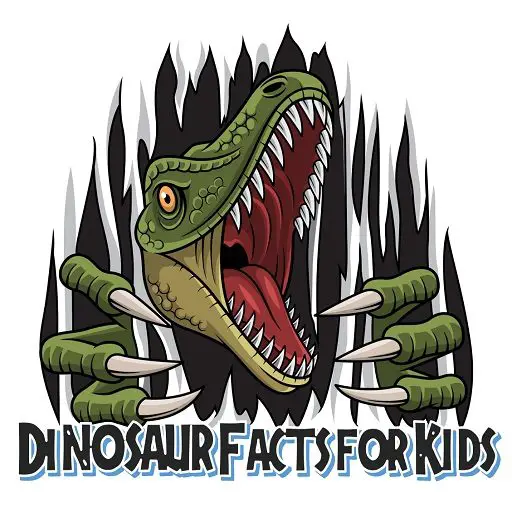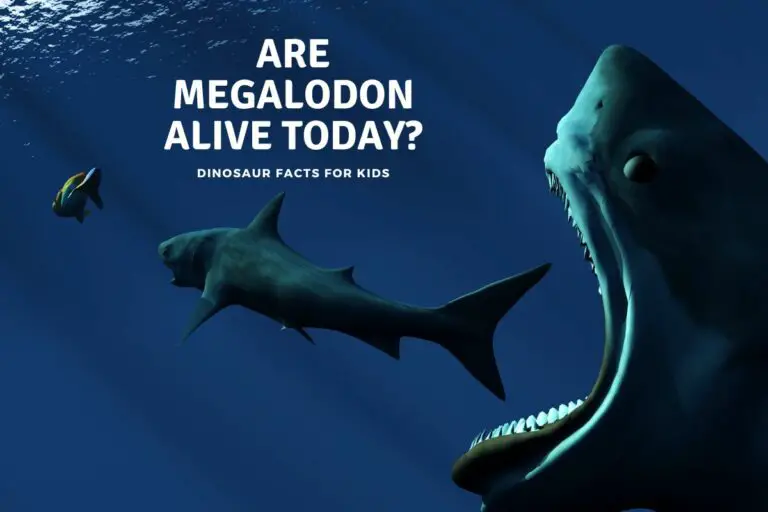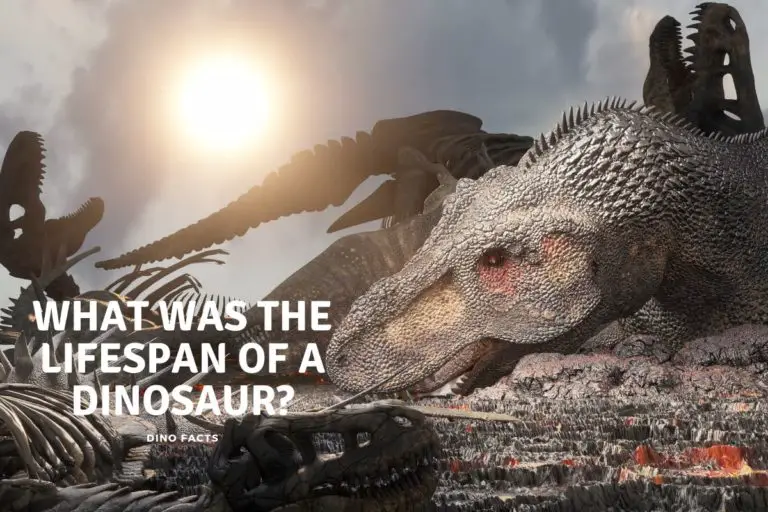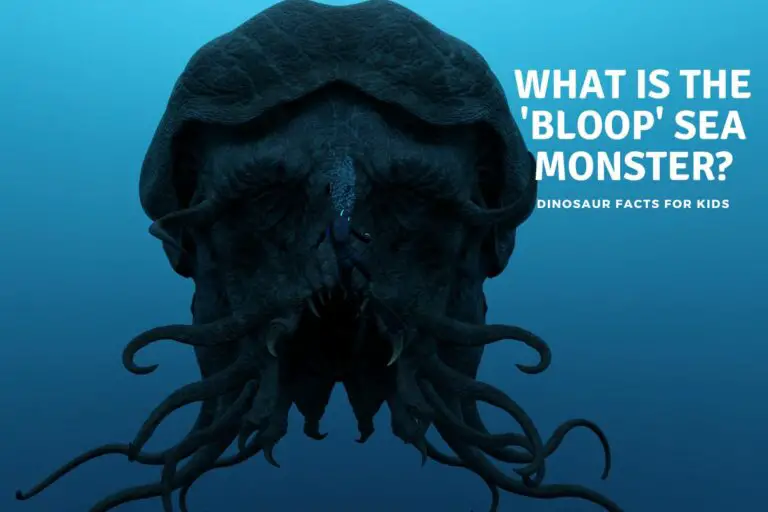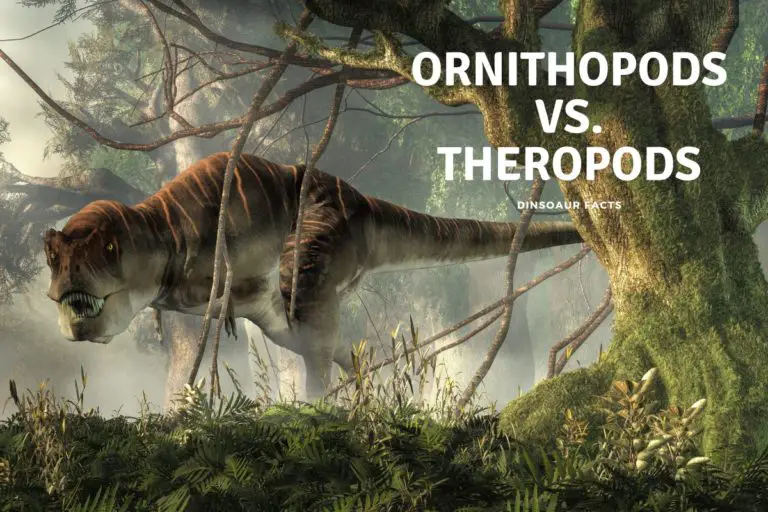Prehistoric Planet 2 Episode 1 Recap
Prehistoric Planet 2: Islands Recap
Prehistoric Planet 2 has made a swift and very welcome return to our screen as of today ( 22nd May 2023) and with the narration of the renowned David Attenborough, the CGI that would not look out of place in a Jurassic World movie and with the unique approach to present it in a modern day nature documentary version it looks to be as excellent as the first series last year. You can watch the episodes this week on this link for apple TV.
This 5 part show is covering the same late cretaceous period as the first and will revisit some old favorites and introduce some new dinosaurs into the show,
however as its prehistoric planet and not dinosaur planet 2 we can again expect to see other life that was alive at the time of the dinosaurs and this episode does not disappoint with that either. We are introduced to marine reptiles, flying dinosaurs ( really Pterosaurs), Prehistoric mammals, crocodiles relatives, and even giant snakes all in the opening episode of Prehistoric Planet 2.
If you want a full list with some information about each animal in the whole series of Prehistoric Planet 2 you can check out this page where we cover each episode and the animals / reptiles / dinosaurs and more in more detail.
Episode 1: Islands | Episode 2: Badlands | Episode 3: Swamps | Episode 4: Oceans | Episode 5: North America
Just before you Jump In we have a table listing the animals that appeared in prehistoric Planet episode 1 below.
Table 1: Animals in Prehistoric Planet 2 episode 1
| Animal | Size | Weight | Habitat | Classification |
|---|---|---|---|---|
| Zalmoxes | 2.5 meters (8 feet) | Around 45 kg (100 lbs) | Europe | Dinosaur |
| Mosasaurus | Up to 18 meters | Up to 15,000 kg | Oceans | Reptile |
| Tethyshadros | 4.5 meters (15 feet) | 3-500 kg (750-1200 lbs) | Europe | Dinosaur |
| Hatzegopteryx | 10-13 metres – 33 – 39 feet wingspan | Around 200 kg (400 lbs) | Europe | Pterosaur |
| Simosuchus | 0.75 1 meter (2 – 3 feet) | 20 (44 lbs) kg | Madagascar | Reptile |
| Majungasaurus | 5.6 – 7 meters (18 to 23 feet) | 750 1,100 kg 1600–2,400 | Madagascar | Dinosaur |
| Adalatherium | 1 meter (2-3 feet) | 2-5 (4-11 lbs) kg | Madagascar | Mammal |
| Masiakasaurus | 1.8 to 2 metres (6-7 feet) | 20 kg (44 lbs) | Madagascar | Dinosaur |
| Madtsoia | 5-10 meters (16-30 feet) | 50 – 150 kg (110 – 340 lbs estimate) | Madagascar | Reptile |
| Imperobator | 3-4+ metres (10-13 feet) | Unknown | Antarctica | Dinosaur |
| Morrosaurus | Around 3 metres (10 feet) | Around 45 kg (100lbs) | Antarctica | Dinosaur |
Prehistoric Planet 2: Islands Recap
Episode 1 of prehistoric planet 2 focusses on islands and will take us to Europe, Madagascar and even down to Antarctica as they were 66 million years ago.
Prehistoric Planet 2: Rafting
The episode opens with images of the aftermath of a severe storm and the in spate ( flooding) rivers with branches and other debris flowing down them towards the sea. These little floating islands are not empty, and various prehistoric animals have been caught in them,
a pterosaur is resting on one of these when it id disturbed by a Mosasaurus, both unnamed, while the pterosaur is able to escape by flying away the next dinosaur we see, Zalmoxes, is not able and the floating raft he is on is not going to stop a 30 plus foot Mosasaurus from making him lunch.
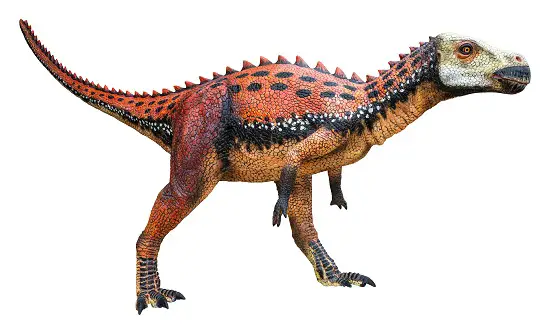
Zalmoxes makes a bolt for a larger island to try to get away from the mosasaur and ends up succeeding and meeting other Zalmoxes on the larger raft. In an example of, possible at least, Ocean dispersal, they drift out to see and it is hinted that they may land on a different shore and eventually create a new species. ( though as its 66 million years ago there wasn’t much time to do that before a giant asteroid smacked into the earth and killed most of the dinosaurs!)
Prehistoric Planet 2: Now to to Europe
Prehistoric planet 2 then moves on to the islands ( as they were 66 million years ago) of South Europe and focuses on a small, though reasonably sized for others in this location, Hadrosaur called Tethyshadros with a protruding saw shaped bill and mouth.
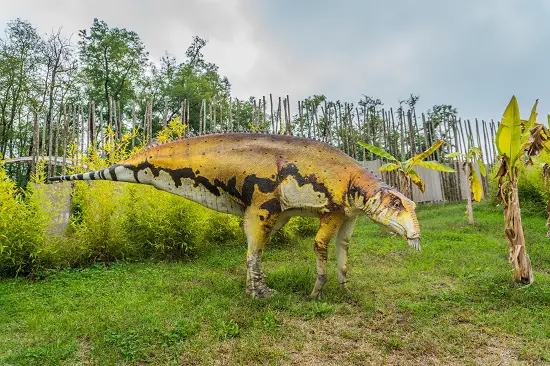
They live on islands and are protected for the most part from terrestrial predators who haven’t found, or needed to travel to the smaller islands. however not every predator was limited to just 2 legs and we are shown one of the largest flying dinosaurs ( and animals) of all time the Hatzegopteryx which flies onto the island in a flock ( if a flock of Hatzegopteryx is called a flock!) to spoil the peaceful scene.
The Hatzegopteryx could have up to a 33 foot wingspan and although the Tethyshadros at human size as an adult was perhaps a little to large for one Hatzegopteryx, its young were certainly easier. Although we are explained to later that we may be on the menu for a Hatzegopteryx if they were alive today!
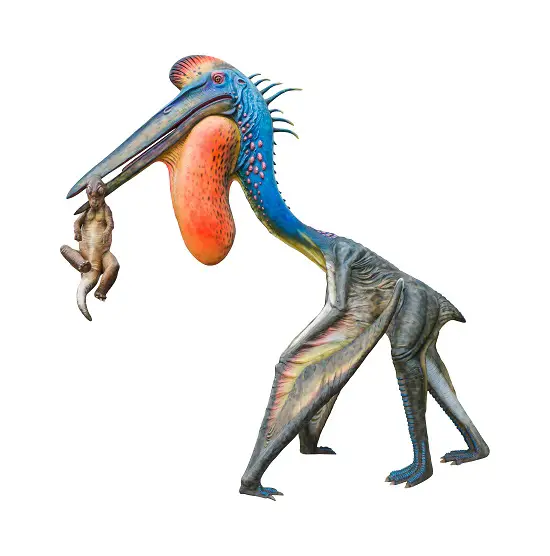
The hunt is successful and one Tethyshadros baby is taken by a Hatzegopteryx when it runs from cover. then the Hatzegopteryx flies away to harass some other dinosaurs!
Prehistoric Planet 2: Madagascar
We now move with prehistoric planet 2 to larger islands and to Madagascar which has been an Island for 80 million years and has formed its own ecosystem in that time. We are introduced to the Simosuchus which, like the pterosaurs, mosasaurs was not a dinosaur and was in fact a crocodylomorph – a relative of crocodiles.
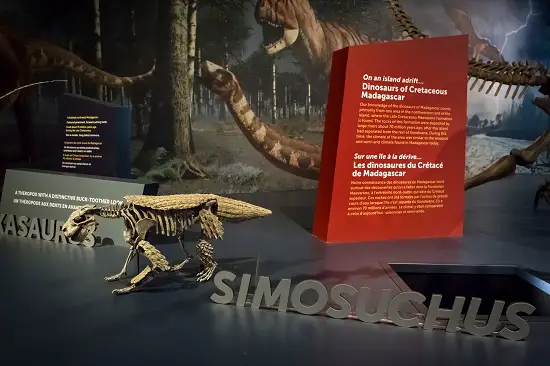
Like modern day crocodiles they had armored skin and were about 2.5 feet long. Unlike crocodiles they were not carnivores and actually ate plants. Although they were protected by there armor from most predators some of the larger ones on Madagascar still posed a threat.
Like Madagascar’s largest predator the Majungasaurus. We are shown in the episode a Majungasaurus hunting the pack of simosuchus which have prepared burrows to escape.
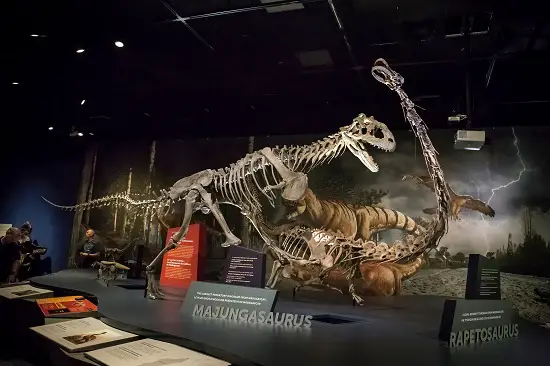
However if the burrow is not accessible Prehistoric Plant 2 tells us these herbivorous crocodiles are not defenseless and seem to have the same “don’t give a heck” attitude similar to a honey badger. Which is our favorite scene in the episode!
A Simosuchus is shown facing off the Majungasaurus and if not scaring it off at least making it think twice slapping its tail, growing and hissing at the larger predator and eventually finding its own burrow to disappear down.
Prehistoric Planet 2: Mammals
We are then introduced to another form of prehistoric life on Madagascar and an early Mammal called the Adalatherium. who is on the hunt for food. Adalatherium was an omnivore and like an Echidna was an egg laying mammal.
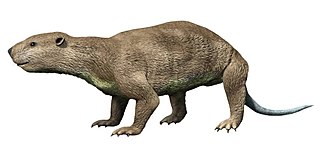
Nobu Tamura email:nobu.tamura@yahoo.com http://spinops.blogspot.com/ http://paleoexhibit.blogspot.com/, CC BY-SA 4.0 https://creativecommons.org/licenses/by-sa/4.0, via Wikimedia Commons
We are shown that the eggs are hatching and the babies are helpless when first born and relies on the mothers milk. however to provide for her brood she has to go an forage for food, and prehistoric planet shows us some excellent night vision footage of dinosaurs and reptiles hunting at night. This is another immersive and creative way to get viewers involved and make it much more like a modern day nature documentary.
While Adalatherium has been successful in feeding here clubs there location is not risk free and as a reminder to us all that this mammal was alive at the same time as dinosaurs we are introduced Masiakasaurus, which we actually have on our list of ugly dinosaurs but here it is shown to be quite generic although it does have a long neck for a predator.
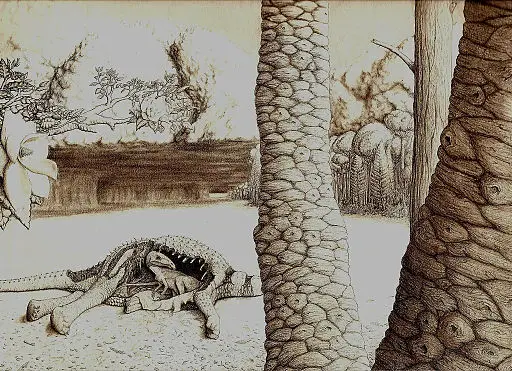
Deviant Paleoart at English Wikipedia, CC BY-SA 3.0 https://creativecommons.org/licenses/by-sa/3.0, via Wikimedia Commons
However, Masiakasaurus was not the top predator on these islands and its size, about 7 feet long, made it prey for other predators on Madagascar and before it gets a chance to eat the baby Adalatherium it is attacked and eaten by yet another type of prehistoric animal the Madtsoia
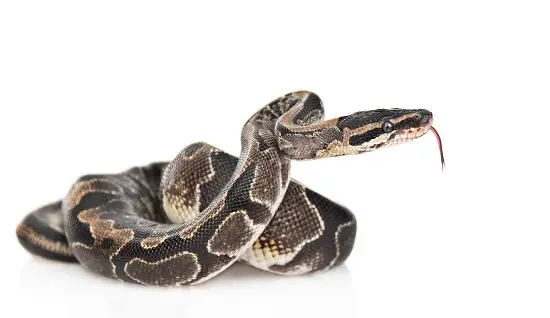
Madtsoia was a prehistoric snake that, depending on the species, could be over 16 to 33 feet long, but we are told likely 25 feet long. While the Adalatherium survived, the Prescence of not just dinosaurs but also snakes means they have to move on.
Prehistoric Planet: Antarctica
66 million years ago Antarctica may have been warmer but it was still much colder than elsewhere on the planet. We are shown this by use, again creatively, the use of a thermal image and reinforcing the fact that dinosaurs were, mostly, warm-blooded.
The dinosaur used to demonstrate this is a new addition to Prehistoric planet series, the imperobator ( powerful warrior) which while was the size of a Utahraptor (so pretty big) was not a member of the raptor family even though it did look like one. Prehistoric Planet 2 doesn’t mention this but there is no sickle shaped claw on its feet.
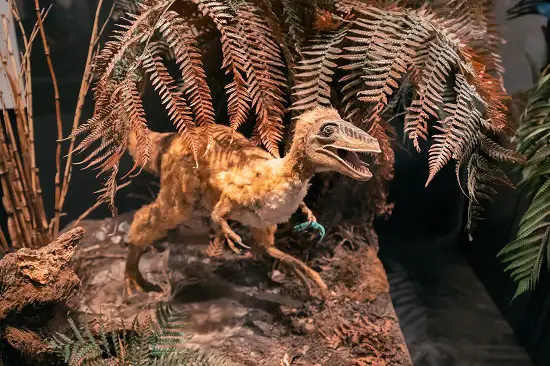
keeping warm in such cold temperatures means that they are seen snuggling up together, but body heat alone is not enough and to keep that blood warm we are told that they have to hunt a lot and we are shown them hunting a feathered herbivore Morrosaurus, a smaller dinosaur

FunkMonk (Michael B. H.), CC BY-SA 3.0 https://creativecommons.org/licenses/by-sa/3.0, via Wikimedia Commons
While they hunt quietly and effectively, true to most hunts their hunt is unsuccessful when they slip on a frozen over lake.
Prehistoric Planet 2: Hatzegopteryx
We are reintroduced to the Hatzegopteryx towards the end of prehistoric planet 2, who brings with it the tethyshadros baby it caught at the beginning of the show. it turns out it wasn’t planning on a quick snack with the baby, but to use it to build a display and nest to attract a mate.
it works and a female shows up although the courtship is interrupted by a smaller younger male who is swiftly dispatched and after a countship dance the two Hatzegopteryx mate.
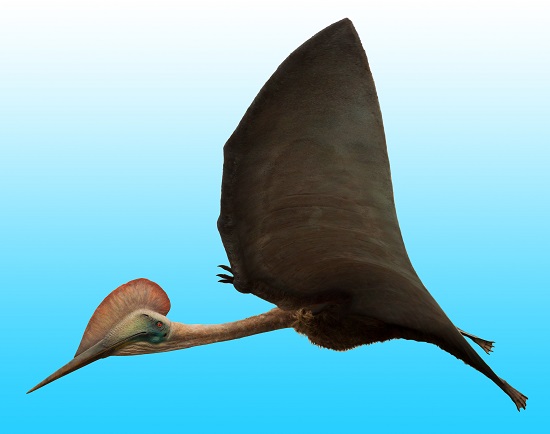
Conclusion
Although the first episode of Prehistoric Planet 2 is quite short ( 34 mins of actual main dinosaur action) compared to the first season it packed in a lot, and while revisiting some of the dinosaurs we saw in the first season of Prehistoric planet like the Zalmoxes, the Mosasaurus (of some description) and the larger Pterosaurs.
however following the main prehistoric planet episode there is a further look at the flying dinosaurs / pterosaurs including that there were over 250 species (which we try to cover here) and that the lager ones were likely to hunt on the ground and not the air.
You can check out episode 2 of Prehistoric Planet 2s recap here as well.
Episode 1: Islands | Episode 2: Badlands | Episode 3: Swamps | Episode 4: Oceans | Episode 5: North America
References
- http://www.prehistoric-wildlife.com/species/m/madtsoia.html
- https://www.nhm.ac.uk/discover/dino-directory/zalmoxes.html
- https://tv.apple.com/us/show/prehistoric-planet/umc.cmc.4lh4bmztauvkooqz400akxav
Hi, I am Roy Ford a General Studies and English Teacher who has taught all over the world. What started as a fossil collection became a great way to teach, motivate and inspire students of all ages and all over the world about dinosaurs and from that and children’s love of dinosaurs came the site dinosaur facts for kids, a resource for all ages.
